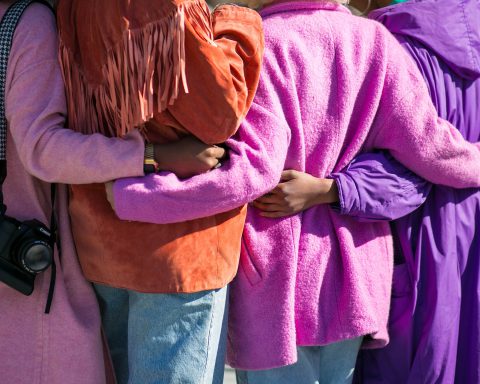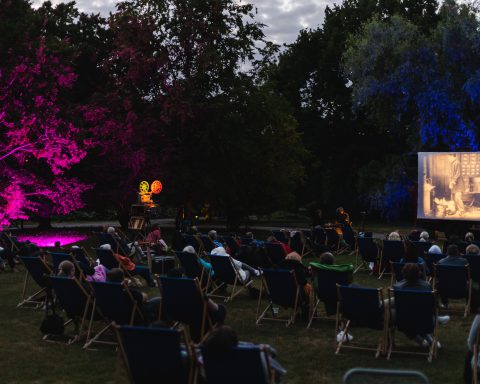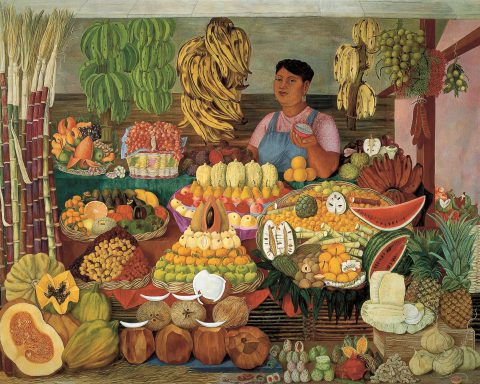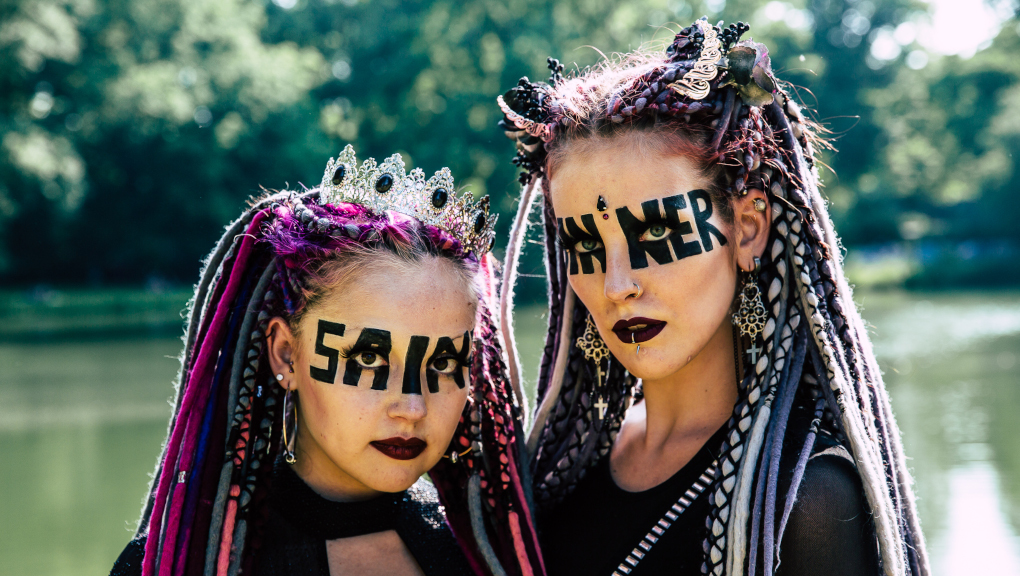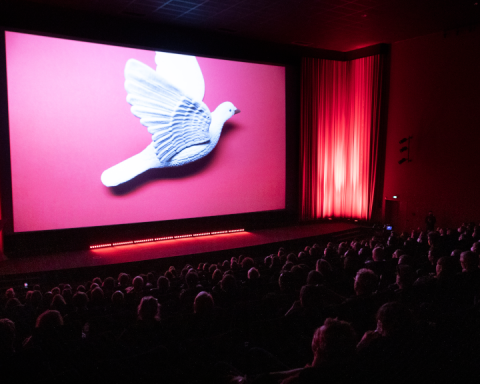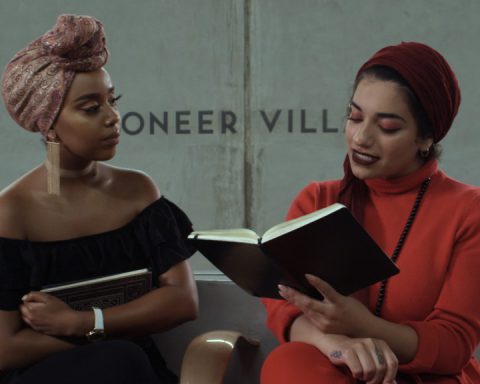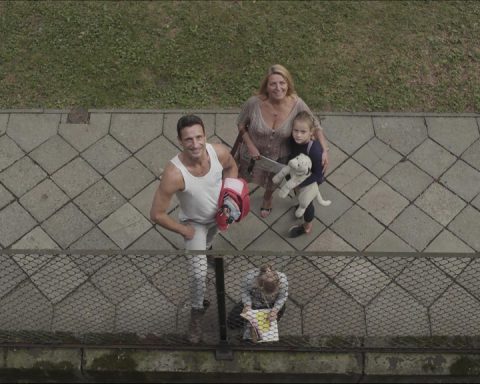The film The Body Remembers When the World Broke Open had its world premiere at the Berlinale’s Generation 14plus. This segment is meant to be an entry point to cinema for young creatives and audiences alike. Its sister segment at the film fest, Generation Kplus, mainly focuses on international all-ages films, particularly animation and family comedies.
The 14plus segment has always been an oddball within the Berlinale’s framework. Nearly all its films have serious or mature subject matter, and only a tenuous connection to youth. However, that’s also the strength of this segment, as screenings are rarely sold out and the talent is generally very engaged in discussions afterwards.
With the discounted ticket prices (3-5 euros for all Generation screenings), Generation 14plus films are the ideal entry point for the audience wanting to get a glimpse of the Berlinale experience. As for the filmmakers, their excitement at getting center stage for their project on such a large platform is palpable and infectious.
A Canadian-Norwegian co-production, The Body Remembers was made on a shoe-string budget.
It was shot to look like one continuous take, with carefully hidden stitching points, on 16mm film.
The Body Remembers is a harrowing, captivating fictionalization of a real-life encounter with a domestic violence victim. This feels like an odd choice for younger audiences, indeed. Its subject matter is perhaps better suited to the Berlinale’s NATIVe section, which highlights indigenous cinema from around the world.
The film is a critical, insightful portrayal of the reality young indigenous women of color in Canada face today. Handling this tough subject is in itself a mighty challenge. But The Body Remembers excels at telling this disturbing story with fresh insights and a perspective often lacking in popular culture.
This is as emotionally brutal a film as the lyrical title – from an indigenous poet’s work of the same name – suggests. It shows the divide between, and shared identity of, indigenous women from different backgrounds.
Áila is a wealthy Canadian living and working in the city. Her indigenous heritage is something she does not carry on her sleeve, nor does she have to. One day she encounters a young woman standing in the rain, bleeding, being yelled at by a man. She decides to help and shepherds her away from the abuser and to her flat. Her name is Rosie, she’s pregnant and always hungry, she says.
The two women, despite their shared native heritages, could not seem more different.

Áila and Rosie’s awareness of this divide mirrors their divergent identities and social standings. Áila soon realizes just how unprepared she is for the consequences of this encounter. She calls several abused women’s shelters and help hotlines, but none have any available beds or immediate solutions. Meanwhile, Rosie is evaluating the situation, taking what she can from her privileged benefactor while also probing Áila’s intentions.
The subsequent journey the two share is at times tender and endearing. However, the brutal reality that domestic abuse victims inevitably go through always remains.
One of the leads, Elle-Máijá Tailfeathers, co-directed the film and wrote the script based on her own encounter in Vancouver. She brought onboard fellow Canadian director Kathleen Hepburn and veteran cinematographer Norm Li to accurately portray this catalyzing event.

The film’s impressive talent does not hide its raw ambition and the creative force behind the somber, distressing subject matter. Instead, it constantly challenges itself by filming the whole encounter in one uninterrupted shot.
This technique is mostly used as a gimmick to make Hollywood action and thriller movies feel less generic. However, the long take often ends up muddying the narrative in favor of stylistic choice (with a few exceptions, like 2015 Berlinale hit Victoria.)
Here, the technique helps to convey the intimacy and naturalism that make this tale so devastating and so universally relevant.
Another major feat that makes The Body Remembers work so well is amateur actress Violet Nelson, recruited in an open casting call for the role of Rosie. She imbues her character with the defiant self-awareness and muted, internalized pain that allows the film these tough, realistic portrayals. Rosie’s life and daily challenges are subjects that don’t often enter the realm of feature film-making.
For the cast and crew to take on such a painful journey, neither veering into white savior motifs nor into exploitative representation, is admirable and rare. Framing it as one long take, and making it work as a compelling film narrative, is an artistic marvel to behold.

